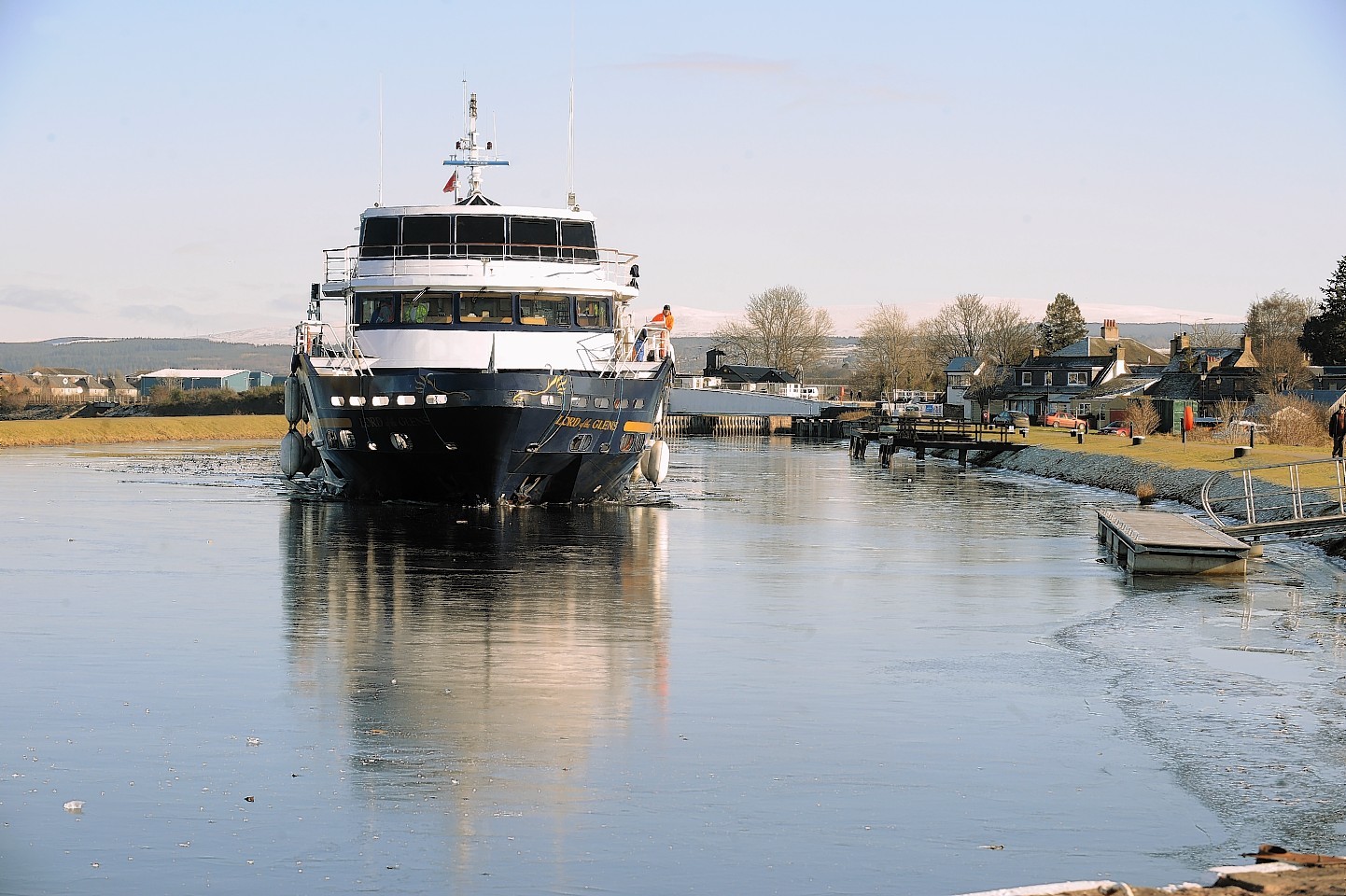A environmental watchdog is calling on sea traffic to use the Caledonian Canal to dramatically reduce CO2 emissions.
The Scottish Environmental Protection Agency (Sepa) are urging vessels sailing from the west coast to the North Sea and vice versa, to take the direct route by using the famous canal.
Sepa estimate that using the canal rather than the longer route through the Minch and the stormy seas of the Pentland Firth would save around 7,700 litres of fuel and more than 85% in carbon emissions for a return journey.
To make the point Sepa sent their scientific survey vessel the 78ft Sir John Murray through the Caledonian Canal as it travelled to the Cromarty Firth from the west coast.
The research boat has been in use for the past year monitoring the sea around fish farms on the west coast, and it has now been deployed to study fish and plankton in the Cromarty Firth.
Sepa estimate that an average journey along the 60 mile canal from Corpach to Inverness would burn around 500 litres of fuel, compared with an average 3,850litres for the longer trip.
Now the agency is urging other sea traffic to consider using the canal as an alternative route.
Brian O’Keefe, marine survey vessel manager at Sepa said: “This shorter route saves time, money and is better for the environment as it uses less diesel.
“It’s an easy lesson for us all: reducing CO2 emissions can be as simple as taking a shorter journey.”
Sepa also suggested that their boat Sir John Murray could also prove invaluable for Nessie hunters if it is a regular on the route, as it is equipped with 3D scanners to detect fish shoals and other large animals underwater.
The agency has been tasked by the Scottish Government with demonstrating examples of how to reduce greenhouse gases as part of a five year plan.
The Caledonian Canal was designed by the famous engineer Thomas Telford as a means for ships to avoid the difficult waters around Cape Wrath and the Pentland Firth.
The amount of commercial traffic using the waterway has steadily dropped over time and it is now most widely used by leisure craft.
